All things in nature are endowed with radioactive power; they emanate
fluid-magnetic rays of diverse strengths. The aureole of the saints is not in the least a painterly fantasy; it is a reality, but one which not everyone is able to perceive and which is not always perceptible. Human beings continually emit luminous shafts of various colours, configurations and strengths, depending on their psychological sensitivity, emotional states and physical build.
The FLUID OF LIFE, its structure that of a 'V' ray, after the Latin word Vita (Life), in other words an astral body radiating from human beings and filling all the space beyond them, given the name of 'Ashkara Ocean' by the Hindus as far back as ancient times, constitutes the core of human life and personality; it is the visual image of everything whatsoever which exists.
The FLUIDS OF LIFE are formed and shaped under the influence of human thought and will; they permeate and undulate just as every other wave does. The task of science today is to study astral bodies and use the latest analytical apparatus in order to determine their chemical and physical properties. It was the use of laser beams which made it possible for scientists from the Astral Phenomena Research Institute in Paris to describe the substantial existence of electromagnetic 'V' rays.
In the protracted and laborious scientific research carried out by Professor Michael Gaumnitz and Professor Roland Wolf, it was the use of
high-sensitivity photographic materials by Kodak which enabled them to fix fluid-magnetic images.
And here is one of the methods. It is best to use high-sensitivity, fine-grained plates by Kodak or SR-2 by Foton. In the darkroom, immerse a plate of at least 9.5 x 12.5 cm [3.5 x 5 inches] in developer. Place two or three fingers on the emulsion-covered side and keep them there, motionless, for around twenty minutes. After developing and fixing, you will obtain a photographic image in the form of darkening which will be more intensive or less marked, depending on the strength of your own fluid power.
Another method, which was developed by a scientist of worldwide renown, Professor Hans Meier, involves using what are known as 'dry plates'(1). Working in the darkroom, hold your hands two centimetres (just under an inch) above the gelatine layer for eighteen minutes.
After the chemical processing, the end result might prove to be that the researcher's emotional tension has been transferred to the plate in the form of an astral image; in other words, as darkening of a corresponding intensity. In this way, Professor Meier obtained highly explicit photographic records… of anger, sorrow and joy.
The method whereby plates are shielded by black paper from the exposure of the photosensitive layer and then attached to various parts of the body for several hours makes it possible to secure a very precise photographic recording of a range of diseases, such as trachoma, typhus and the marks of physical trauma, for instance. Recently, thanks to Kodak's super-sensitive FCR-3 film, images of cancerous tumours have been obtained, which will allow the medicine of the near future to detect the signs of that terrible disease while it is still at the embryonic stage.
Professor Toni Adams obtained fluidic images of human thought by way of a method involving holding the photosensitive layer of plates to patients' foreheads. It transpired that, under the impact of the subject's life rays, around ten minutes was sufficient for a human notion to be transformed into a photographic image. After numerous trials, the American scientist concluded that, using this method, it would also be possible to obtain not only a visual work in the full spectrum of colours, but even an image of a person the subject was expecting or of an historical event which had, in reality, taken place a long time previously.
Naturally, a complex image of this kind could not have emerged in the case of every patient who was Professor Adams' subject, since few of us hold astral power within us. It should be added that, in his most recent work, From Us, Onwards, published in Paris in 1971, the professor clearly emphasises that life rays are visible on plates of varying tonal intensity, depending on the subject's character, temperament and even on their complexional hue… According to his research, upright and noble people emanate fluidic rays of exceptional force, which is why they obtain distinct, clear-cut images, whereas individuals devoid of noble feelings have no option but to content themselves with images that are only faintly darkened, dim and, worst of all, out of focus, which often makes it impossible to interpret the results of records obtained by means of astral photography methods.
Józef Robakowski (1972)
Wytwórnia Filmów Fabularnych (Feature Film Studio), fascicle No. 1, Łódź 1974
English translation by Caryl Swift (2016)
(1) Gelatine silver – translator's note.
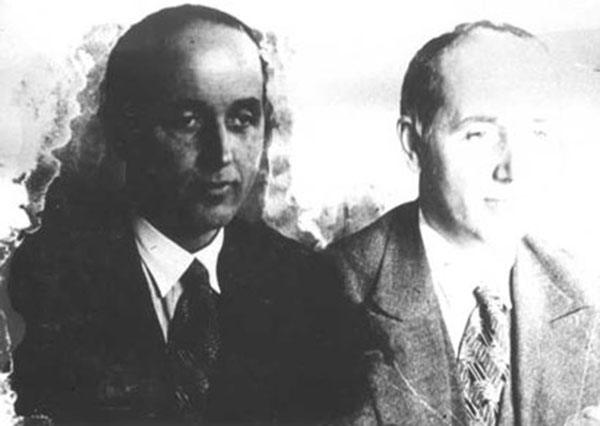
Real photo portrait of cousin Konrad set with astral
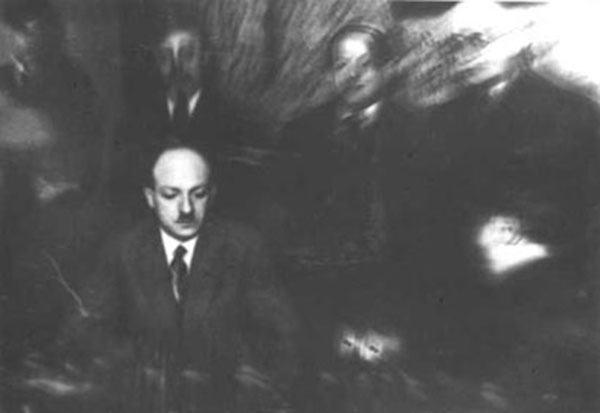
Chess match Spasski - Fischer in the 60's
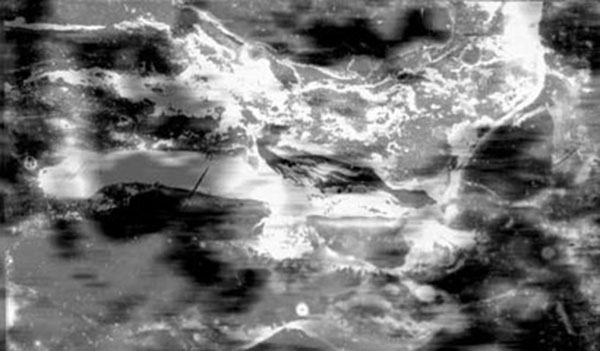
Image of a good will
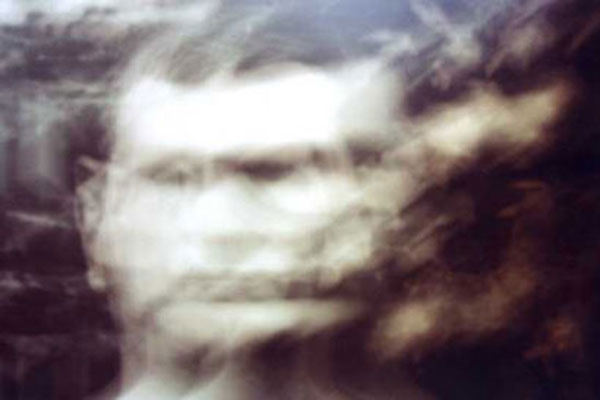
Multiple self-potrait in the fumes of absinth
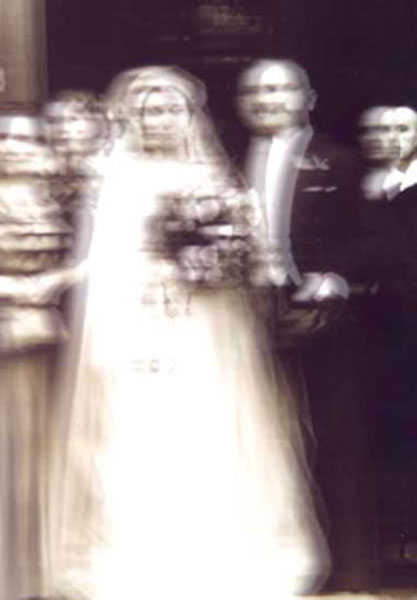
Memory of my favourite aunt's Jadwiga wedding ceremony in 1938 - image obtained by the forehead method
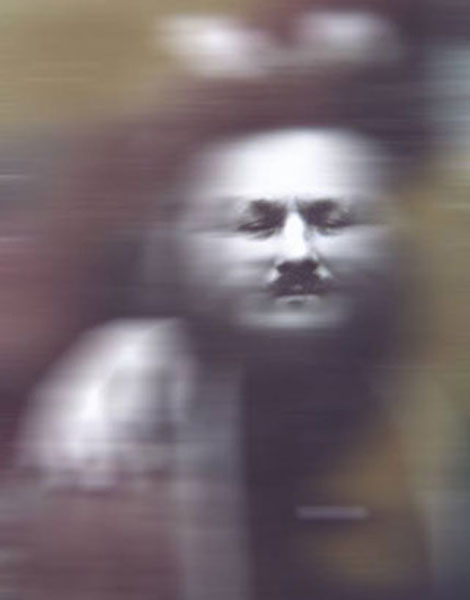
Image of my friend Jürgen Blum reconstructed from memory
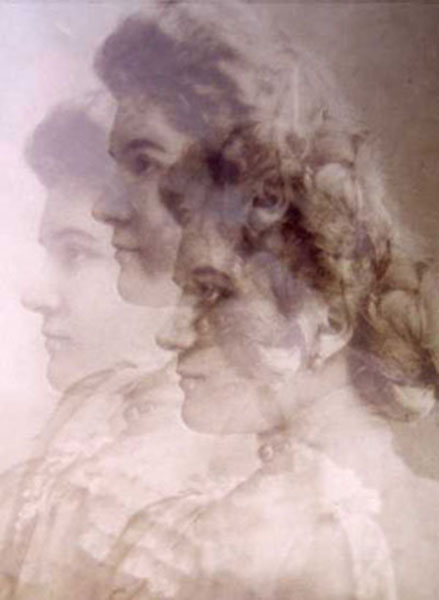
Three sisters from Bodzanowo
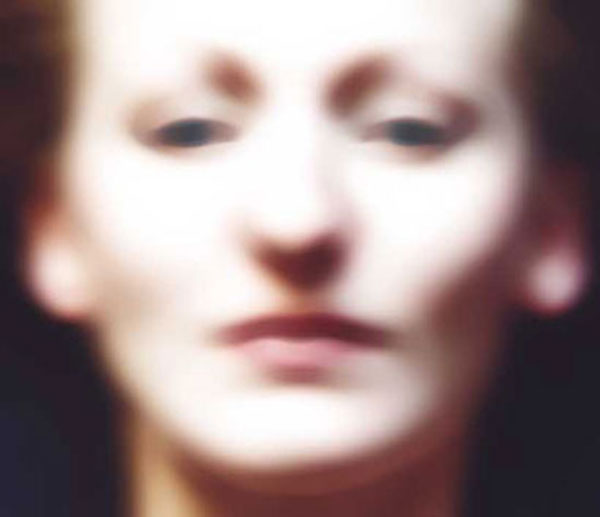
Image of the beloved person - obtained by wrapped plate method
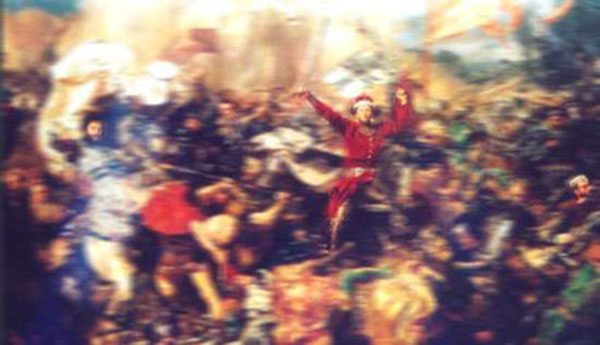
The Battle of Grunwald acc. to J. Matejko - picture of intensive imagination
















